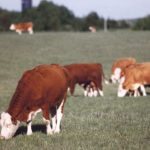Tag Archives pasture health
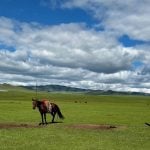
University of Saskatchewan experts helping ‘herders’ in Mongolia

Importance placed on cow herd size questioned
Some in the cattle sector don’t think policy should focus on expanding herd; others say fewer cows limit check-off revenue

Grazing grassland too early makes drought hit worse
Grazing cattle too early and too hard cuts at the root biomass that will help your pasture stay productive during drought
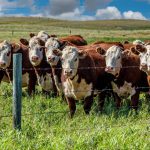
What to look for when assessing pasture health
Pasture health assessments should be done on a regular basis, according to an Agriculture Canada research biologist in Manitoba

Moth provides pasture biocontrol for oxeye daisy
Agriculture Canada researchers learn that the Dichrorampha aeratana moth can help livestock and forage producers fight the weed

Tame pasture productivity in decline on Prairies
Forage experts say rejuvenation and careful management are needed after recent dry years took their toll on Prairie pastures
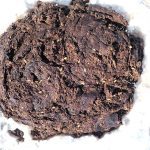
Cow patties help shed light on pasture health
An Agriculture Canada researcher publishes book to help producers better understand the insects living in their pastures
Gaining an understanding of cow patty critters is worthwhile because some provide environment-improving actions, others are pests and vexations for livestock, many help break down manure and feed its nutrients back into the pasture, while others reveal the underlying health of the soil and animals, said Kevin Floate, an Agriculture Canada researcher in Lethbridge, author of Cow Patty Critters.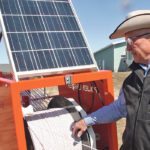
Electric fence installation made easier
The Power Grazer fits with Norm and Donna Ward’s emphasis on enhancing the local ecosystem and rebuilding the soil
NANTON, Alta. — Norm and Donna Ward are practical environmentalists whose lifelong careers as Alberta ranchers encompassed a holistic approach to protecting ecosystems, rebuilding soil and producing beef. Ranching on 7,500 acres in the Alberta foothills, Norm was an early adopter of new grazing techniques and became an inventor to make his job easier. He […] Read more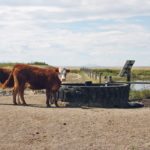
More producers work to protect riparian areas
An Alberta organization wants to show how better grazing management can improve landscape health and productivity
Riparian ecosystems are rebounding as fencing strategies and grazing management practices evolve, says a group that has been working toward that goal. “I think producers have changed their practices a ton in the last 15 years, and that’s starting to really show in terms of their knowledge, management style and techniques that they’re applying — […] Read more